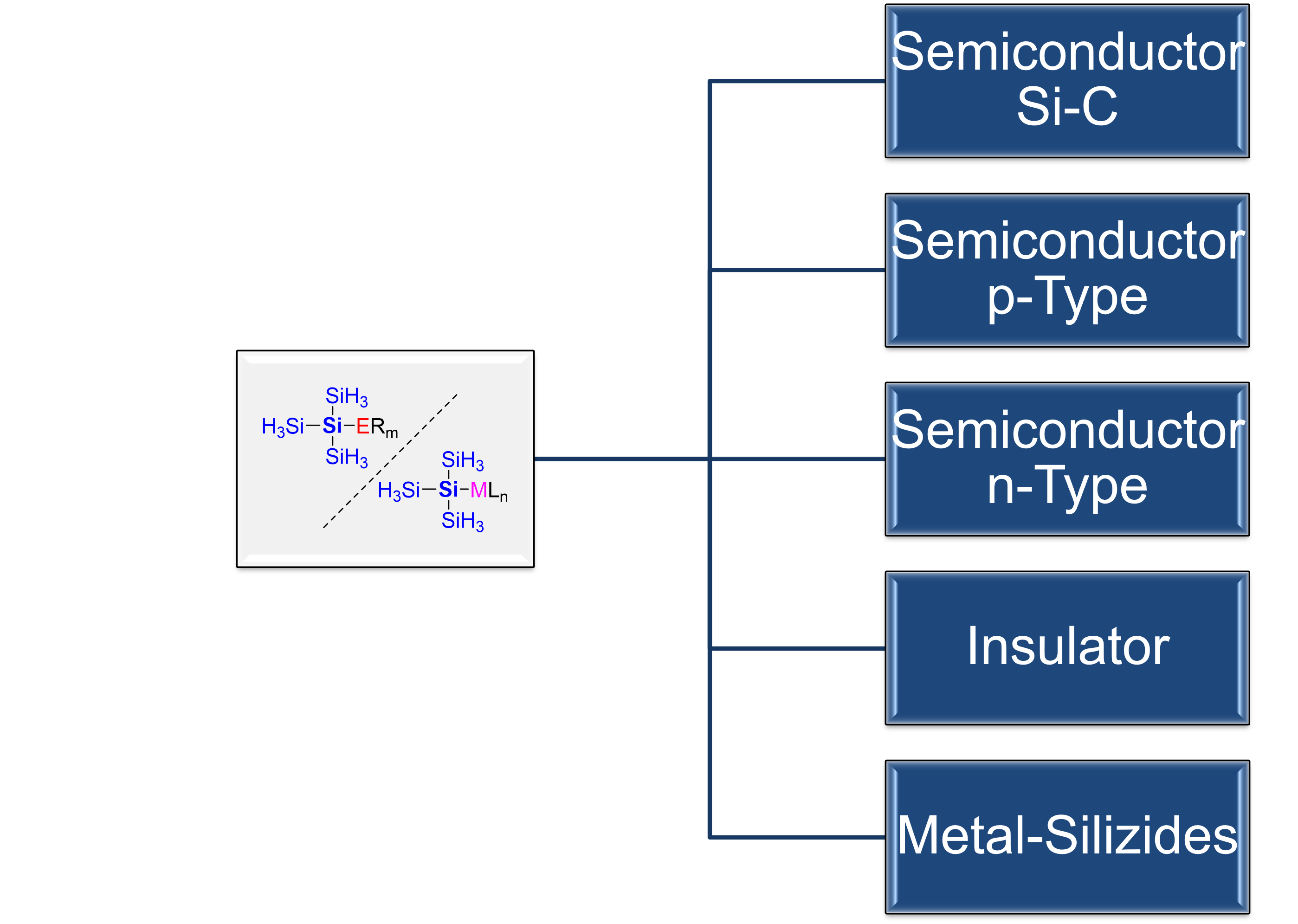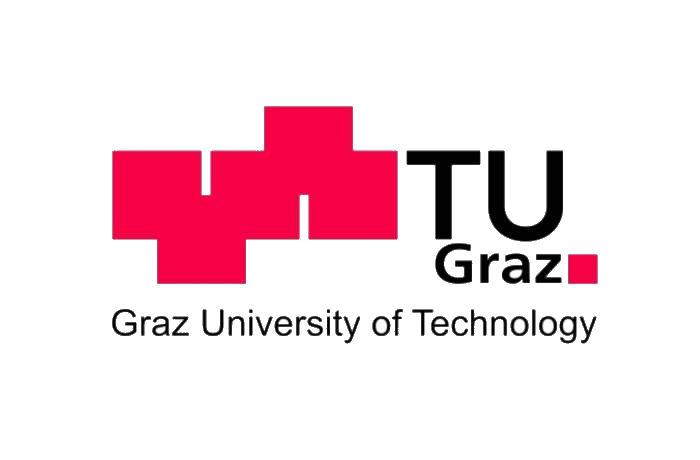CD-LABORATORY FOR NEW SEMICONDUCTOR MATERIALS BASED ON FUNCTIONALIZED HYDROSILANES
Introduction
Semiconductors are of central strategic importance for a wide range of industrial value chains. With the ongoing digital transformation, additional new markets are emerging for the semiconductor industry, such as highly automated cars, cloud, connectivity, space program, defense and supercomputing.
Consequently, the demand and the search for new precursors is ongoing and a major pillar of research and development. Nevertheless, silicon (mostly in the form of single-crystal wafer silicon (c-Si)) still accounts for the majority of material used in the industry. The state-of–the-art production technique for c-Si has a high energy consumption and an enormous waste problem, as only 25% of the original single silicon are effectively used.
Recently, the interest in hydrosilanes and related derivatives has significantly increased, mainly due to the fact that these compounds are used as precursors for high quality silicon films via liquid phase deposition (LPD). It was found that linear, branched and cyclic derivatives of such compounds are ideal precursors in this context as they are liquid at room temperature, accessible on a preparative scale in high purity, carbon- and oxygen-free, and decompose to elemental silicon upon heating to T > 300 °C.
However, there are only scattered reports of LPD processed functional silicon films in the literature, including n- or p-doped films. In most of these studies, the use of more than one precursor posed significant problems (multi-source precursor design). In the course of our research, we have now succeeded in the synthesis of starting compounds on the single-source precursor designs.
Targets of the Project
Based on these results, the stated goal of this proposal is the synthesis and characterization of novel functionalized hydrosilanes. Our results will lead us to a deeper understanding of the chemical transformations of higher silicon and germanium hydrides. In addition, we plan to create a synthetic library of previously unknown functional hydrosilanes and hydrogermanes (see Figure below).
These derivatives, should lead to new single source precursors for n- or p-doping. Moreover, we also plan to use these precursors for band gap engineering. Lastly, we want to design new metal silicides.
The second objective is the application of these new derivatives as precursors for liquid phase deposition (LPD), vapor phase deposition (VPD) or related deposition techniques. In addition, we will perform in-depth investigations regarding their thermal or photochemical induced oligomerization processes. Finally, the processed functional silicon films will be analyzed for all relevant parameters such as morphology, thickness, conductivity, element distribution and absorption properties.
The importance of the proposed work lies in the combination of synthetic chemistry and material fabrication. If the project is successful, novel classes of higher group 14 functionalized hydrides will be available for the first time. In addition, the proposed research will provide access to previously unknown methods for fabricating silicon heterostructures, which are of great importance for academic and industrial electronics research.

DEPARTMENT OF INORGANIC CHEMISTRY | Technical University Graz

